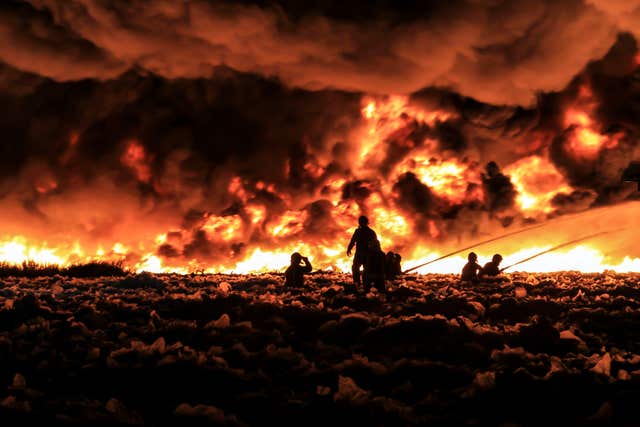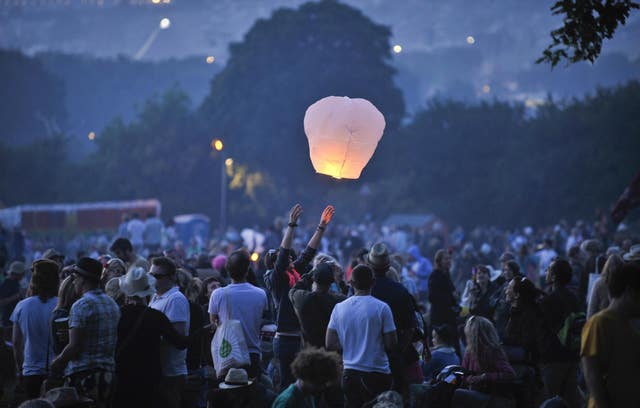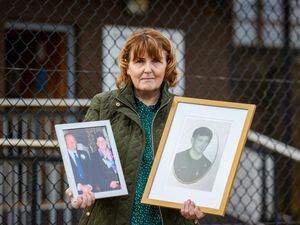Fire chief says lighting sky lanterns is ‘misguided’ way of supporting NHS
The National Fire Chiefs Council urged members of the public to show solidarity with frontline health workers in other ways.

Fire bosses have issued a fresh plea for the public to avoid lighting sky lanterns, describing a recent attempt by companies to market them as a means of showing support for NHS workers as “misguided”.
Emergency services have long described how the flimsy items – which often comprise a thin wire frame inside a paper shell containing a tealight – pose a fire risk to property and wildlife, as well as to livestock.
They have been linked to large fires while farmers have reported animals becoming entangled in the wire detritus once it has burned out and fallen from the sky.

The National Fire Chiefs Council (NFCC) has called on the public to find alternative ways of showing their support for NHS staff and volunteers, particularly following a period of largely warm, dry weather, which increases the risk of wildfires at a time when services are stretched due to Covid-19.
Roy Wilsher, NFCC chairman, said: “Setting off sky lanterns is misguided.
“While I fully understand people wanting to show their support to the NHS, I would encourage people to find a different way to do this.
“NFCC does not advocate the use of sky lanterns and we do not believe they should be used under any circumstances.

“All emergency services are currently under unprecedented pressure due to Covid-19 and I am concerned this type of activity could not only put additional pressure on the fire service, but further strain on the NHS.
“If a sky lantern causes a fire, it could see firefighters spending valuable time dealing with what could be a complex and large-scale incident – time which could be spent supporting vulnerable people in the community, as part of the fire services response to Covid-19.”
An investigation found that a sky lantern was to blame for a major blaze at a recycling centre in Smethwick, near Birmingham, in 2013, which was tackled by 200 firefighters over several days and caused £6 million of damage.





